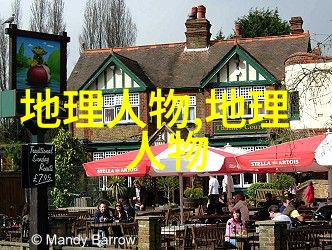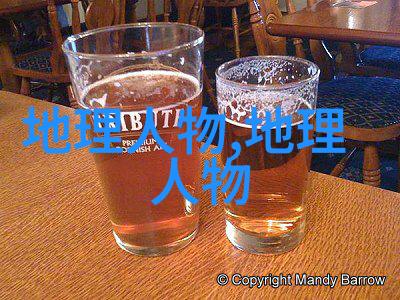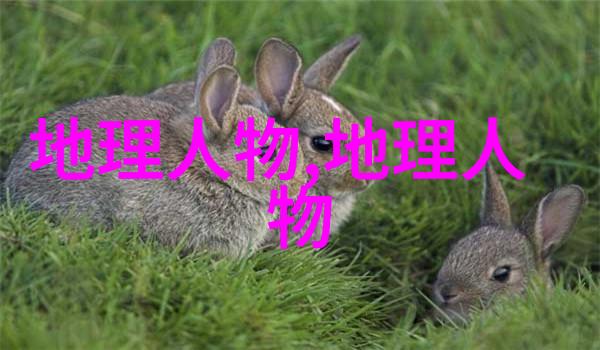日本卡一卡二卡乱码三:探索传统与现代的交汇点

在东京的某个角落,一个奇特的店铺吸引了众多好奇心旺盛的人们前来探索。店内陈列着各种各样的商品,从古老的手工艺品到高科技电子产品,但最让人印象深刻的是那些看似随机排列的“卡片”。这些卡片上面镌刻着日文字符,有些是精致的艺术作品,有些则是简单而直接的情感表达。在这个充满神秘气息的地方,每一张卡片似乎都承载着它自己的故事和意义。
乱码三:解读文化中的符号语言

对于初次光顾这家店的小客人来说,这些看似无序排列的“乱码”可能会让人感到困惑或许还有点迷惑。但对那些有所了解的人来说,它们却是一种独特的情感交流方式。这就是我们今天要探讨的话题——日本卡一、二、乱码三,以及它们背后的文化含义。
日本 卡一:传统手工艺品

在这个世界上,没有什么比手工艺品更能体现出一个民族对美和质量追求的一面了。而日本,尤其是在其悠久历史中,是一种独有的风格不断演变发展起来的手工艺品。从古代陶瓷、漆器到近现代时尚设计,手工制作一直都是维系这一文化遗产不可或缺的一部分。
这里有一张名为“春之花”的木版画式设计,她以浅绿色的色调展现出了新生的生命力,同时也蕴含了季节转换带来的变化和希望。她被视作代表了一年四季变化中春天那份生机勃勃的心情,让人们在忙碌与压力的生活中找到宁静与平衡。

Japanese Card One: Traditional Crafts
In this world, there is nothing more that can represent a nation's pursuit of beauty and quality than handmade crafts. Japan, particularly in its long history, has been developing unique styles continuously evolving into modern times. From ancient ceramics and lacquerware to contemporary fashion designs, handmade production has always been an indispensable part of preserving cultural heritage.

Here is a woodblock print-style design called "Spring Flowers," showcasing the freshness with light green tones that symbolize new life while also embodying the changes brought by season transitions and hope. It is regarded as representing the vitality of spring among the four seasons' transformations, allowing people to find tranquility and balance amidst busy lives filled with stress.
Japanese Card Two: Modern Technology Meets Tradition
While traditional craftsmanship continues to thrive in Japan, technology plays an increasingly important role in enhancing their creations. The fusion of these two worlds results in innovative products that not only preserve cultural heritage but also embrace modernity.
For example, one card showcases a beautifully crafted wooden box adorned with intricate patterns made using cutting-edge laser engraving technology. This blend of tradition and innovation creates something truly unique – it not only preserves the artistry but also brings it into the digital age.
Japanese Card Three: Decoding Cultural Symbols
These cards are not just beautiful objects; they carry symbolic meanings deeply rooted within Japanese culture. Each character or pattern on them represents specific emotions or ideas that resonate with those who understand them.
One such card displays characters from Japanese poetry written by renowned poets like Matsuo Bashō or Yosa Buson on delicate rice paper scrolls. These poems evoke feelings of serenity and peace while reflecting upon nature's changing seasons – sentiments universally appreciated across cultures yet still uniquely expressed through Japan's own poetic language.
Conclusion:
The store at Tokyo offers more than just simple trinkets; it presents an opportunity for customers to explore both traditional craftsmanship and innovative technologies intertwined within Japanese culture itself – be it through woodblock prints inspired by seasonal changes or handcrafted wooden boxes enhanced by laser engravings. These cards hold secrets waiting to be unraveled as each person embarks on their own journey through understanding symbols hidden behind seemingly chaotic arrangements known as "乱码" (jumble codes).
As we delve deeper into this intriguing world where old meets new, we realize that even seemingly random collections have profound meaning attached to them when seen from different perspectives - offering us insights about our shared human experiences across cultures while reminding us how much depth lies beneath surface-level appearances alone.
标签: 地理人物


